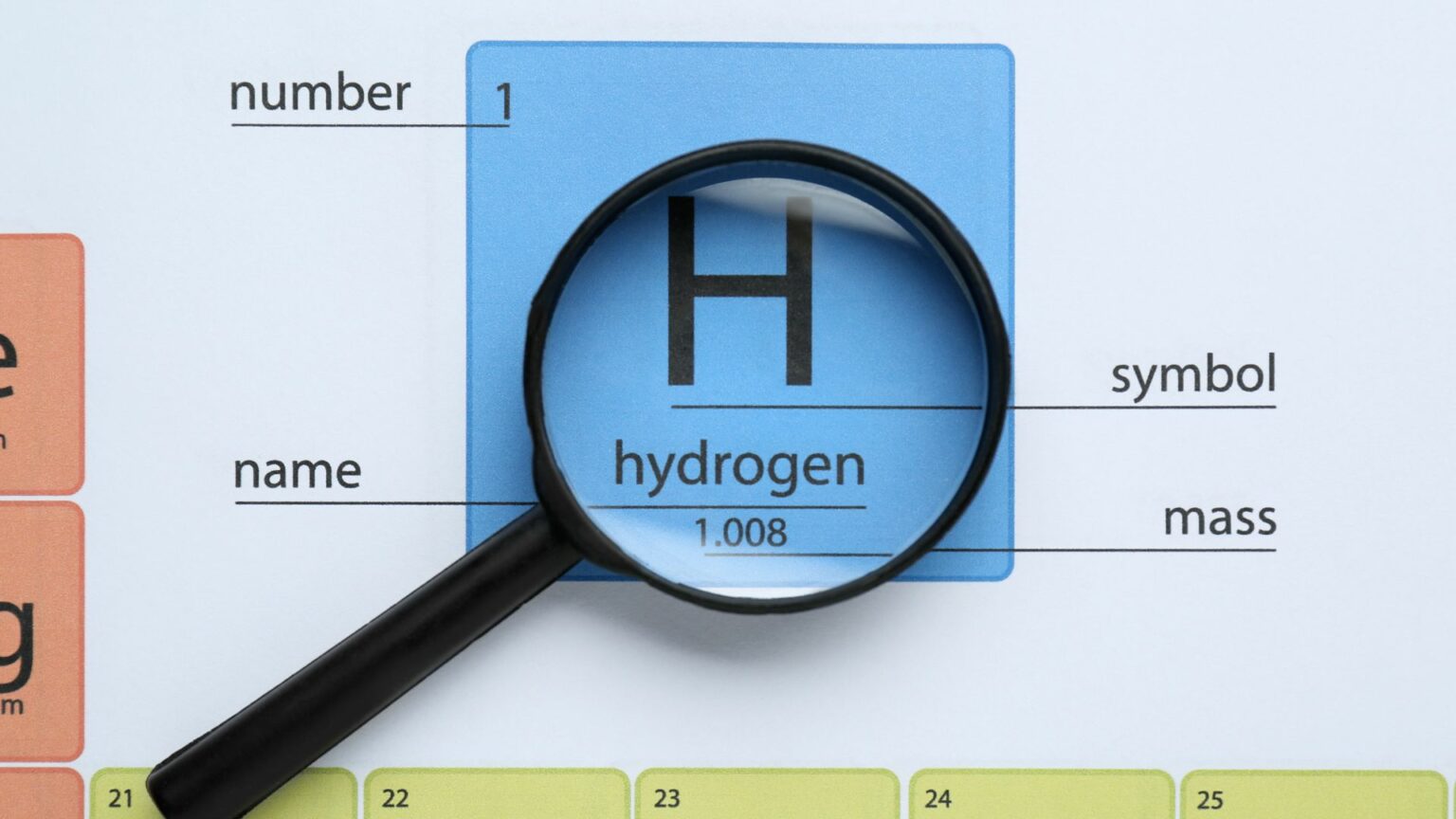The surge in federal subsidies and investments aimed at advancing hydrogen fuel production in the United States is encountering growing scrutiny as concerns mount over its actual environmental impact.
Despite its touted potential as a clean energy source for various sectors, recent studies and analyses suggest that hydrogen’s climate benefits may not be as straightforward as initially assumed, raising questions about the wisdom of current policies and investments.
The federal government’s ambitious plans to bolster hydrogen production are rooted in the goal of accelerating the transition to cleaner energy sources while reducing greenhouse gas emissions. With substantial investments and subsidies allocated to hydrogen projects, policymakers aim to foster innovation and address climate change challenges across industries ranging from transportation to manufacturing and power generation.
Hydrogen production methods vary, with implications for environmental sustainability. Blue hydrogen, derived from natural gas with carbon capture and storage, and green hydrogen, produced via electrolysis powered by renewable energy, represent two primary approaches. While green hydrogen holds promise for emissions reduction, questions persist regarding the scalability and efficiency of large-scale production.
Scientific research and environmental advocacy have shed light on the complex climate risks associated with hydrogen production and use. Leaked hydrogen, when interacting with atmospheric elements, can contribute to methane buildup and exacerbate global warming. Moreover, combustion of hydrogen may lead to the formation of nitrogen oxides, posing air quality and public health challenges, alongside its potential role in climate change.





